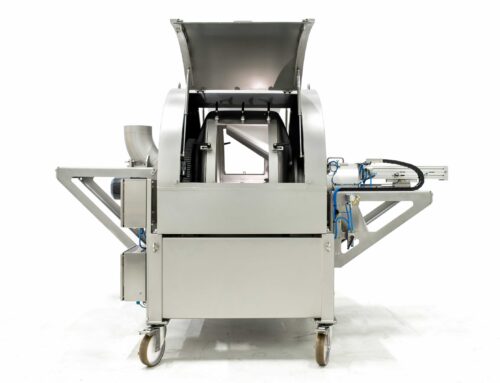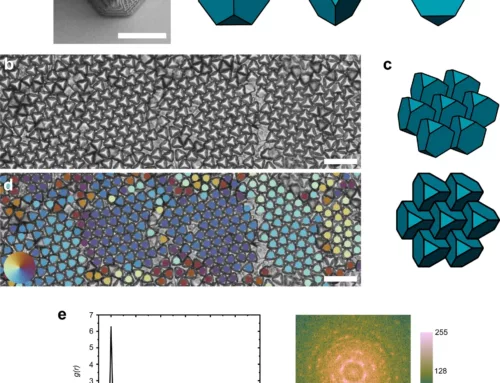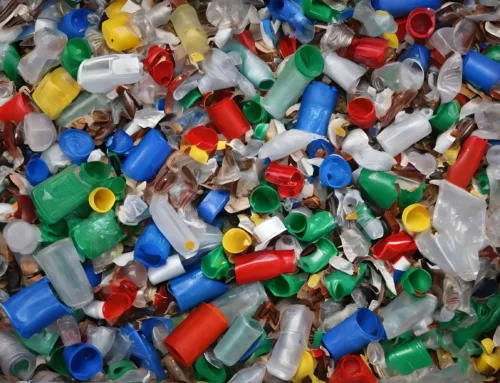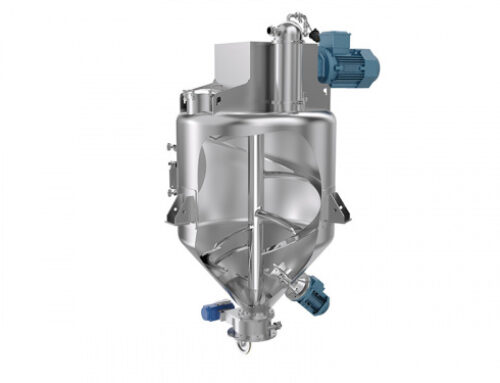Sodium-Ion Batteries: Sustainable Energy Storage:
As the world hurtles towards a future devoid of fossil fuels, the demand for sustainable batteries is escalating at an unprecedented rate. However, this surge also threatens a shortage of crucial metals, like lithium and cobalt, integral to conventional battery types. A potential solution emerges in the form of sodium-ion batteries, utilizing common elements like table salt and forest industry biomass as their primary raw materials. Researchers from Chalmers University of Technology in Sweden have now demonstrated that sodium-ion batteries can match the climate impact of their lithium-ion counterparts, without the looming risk of material scarcity.
Rickard Arvidsson, Associate Professor of Environmental Systems Analysis at Chalmers, underscores the pivotal role of future battery materials in steering the transition towards renewable energy and fossil-free transportation. He remarks, “The materials we use in the batteries of the future will be important.”
The European Commission’s Critical Raw Materials Act predicts an exponential surge in demand for critical raw battery materials as European nations transition to renewable energy and electric vehicles. Lithium-ion batteries, while environmentally superior to fossil-based technologies, face challenges due to the limited sources of lithium and cobalt, concentrated in a few global locations.
Chalmers’ researchers turned their attention to sodium-ion batteries as a potential remedy. These batteries, powered by sodium found in table salt, exhibit an equivalent climate impact to lithium-ion batteries, but without the accompanying material scarcity risks. Arvidsson asserts, “It’s clearly a promising technology.”
In their life cycle assessment, the researchers evaluated the total environmental and resource impact of sodium-ion batteries from raw material extraction to manufacturing. The results indicate sodium-ion batteries surpass lithium-ion batteries in terms of mineral resource scarcity impact and are comparable in climate impact, ranging from 60 to just over 100 kilograms of carbon dioxide equivalents per kilowatt-hour theoretical electricity storage capacity1.
To further mitigate climate impact, the researchers proposed measures such as developing an environmentally superior electrolyte, a substantial contributor to the battery’s overall impact.
A significant advantage of sodium-ion technology lies in the global abundance of its materials. The cathode, housing sodium ions as a charge carrier, and the anode, composed of hard carbon, can be produced from biomass from the forest industry, offering a renewable and sustainable source.
Already earmarked for use in stationary energy storage within the electricity grid, sodium-ion batteries, with continued advancements, could play a pivotal role in electric vehicles, addressing the escalating demand for energy storage in the burgeoning wind and solar power sectors.
Arvidsson underscores the geopolitical advantages, stating, “Batteries based on abundant raw materials could reduce geopolitical risks and dependencies on specific regions, both for battery manufacturers and countries.”
This study, funded by the Swedish Energy Agency through the Battery Fund Program, presents a compelling case for sodium-ion batteries as a key player in the global push towards sustainable and abundant energy storage solutions. As the world grapples with the challenges of transitioning to a fossil-free society, sodium-ion batteries offer a beacon of hope, steering away from material shortages while contributing to a cleaner and more sustainable future.
Footnotes
- Sanna Wickerts, Rickard Arvidsson, Anders Nordelöf, Magdalena Svanström, Patrik Johansson.Source: Prospective life cycle assessment of sodium‐ion batteries made from abundant elements – Journal of Industrial Ecology, 2023; DOI: 10.1111/jiec.13452.




